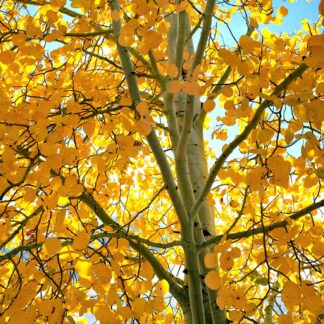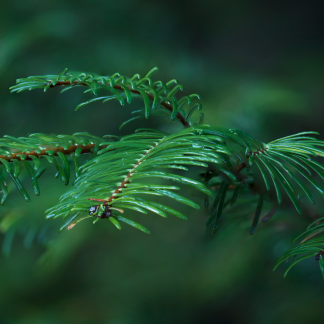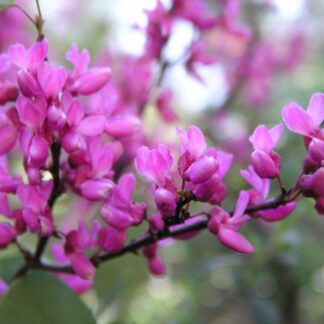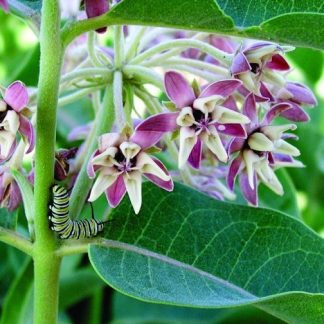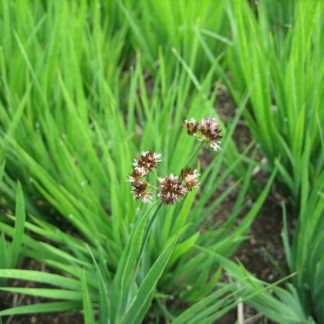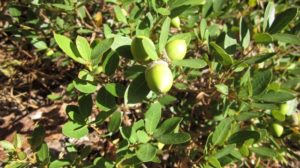
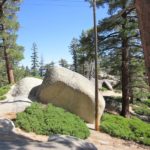
Quercus vaccinifolia, or Huckleberry oak, is an important oak species of high mountain forests in the Sierra Nevada and Cascade ranges from California north into southern Oregon. This impressive evergreen, or live oak, grows slowly as a prostrate shrub attaining typical dimensions of 1 foot high by 4 foot wide, and more with age. The leaves of the huckleberry oak are small, leathery, oblong to elliptical, and acuminate, with a lighlty toothed margin. Flowers appear in early summer, and the egg shaped acorns, which take 18 months to mature, appear primarily solitary though sometimes not, and are extremely bitter. Huckleberry oak is an important wildlife plant, its leaves are a food source for mule deer, and its acorns serve as food for a multitude of birds and mammals. Additionally, where Quercus vaccinifolia is well established, it often grows into large dense thickets which provide important cover for wildlife. This mat forming characteristic also makes Hucklebarry oak an excellent restoration and erosion control plant. It has been used on the slopes surrounding Lake Tahoe to help control sediment runoff which pollutes the lake. Care should be taken to leave enough aside for foraging animals if collecting seed as Huckleberry oak only sets fruit every few years.

